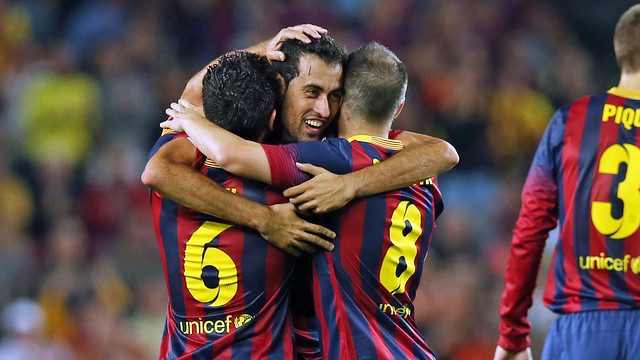
Many would tell you that the role of the central midfielder is the most important, or demanding of all of the positions on a football pitch.
Of course, being in the central area, it insinuates a dedicated commitment to both halves of the field, with logically the greatest level of involvement in the alternative zones.
It can demand more output from you in terms of fitness and occasionally physicality.
But it could also be particularly demanding in a technical sense, as well.
Great midfielders, but each have their own role
When you think of central midfielders, many greats will come to mind.
Zinedine Zidane, Xavi Hernandez , Clarence Seedorf, Frank Lampard, Edgar Davids, Claude Makélélé, Roy Keane, Johan Cruyff and Andrea Pirlo, to name but a few.
However, all of these midfielders cannot be categorised with the exact same role and all had very different skill sets and variations of the midfield position.
This coming through unique, individual skills and traits, but also, their midfield role would depend greatly on the system.
A midfield role depends on the system
Now many greats may have been adaptable to numerous systems, or been so good that the system would have been built around them.
But nevertheless, a system dictates the midfield role and how you will be expected to perform in terms of offensive freedom or defensive restriction.
At its most basic level, you can breakdown the central midfield role into defensive, attacking and all-round. But there are many variations of each category, still.
Tactics, formations and systems define ultimately will define your exact role but let us take a look at the varieties to help you understand which one you are, or would like to become more of, to a basic extent…
The destroyer
The destroyer is the most recognisable breed of the central defensive midfielder or holding player, who is tasked with the job of breaking up play and distributing the ball to the greater technical players.
Usually aggressive, physical and capable tacklers, their intention is to sit in front of the back four and protect them, acting as a shield.
Player example
Two examples of the destroyer in today’s game are Francis Coquelin of Arsenal and Real Madrid’s Casemiro, who both occupy this role of the midfield.
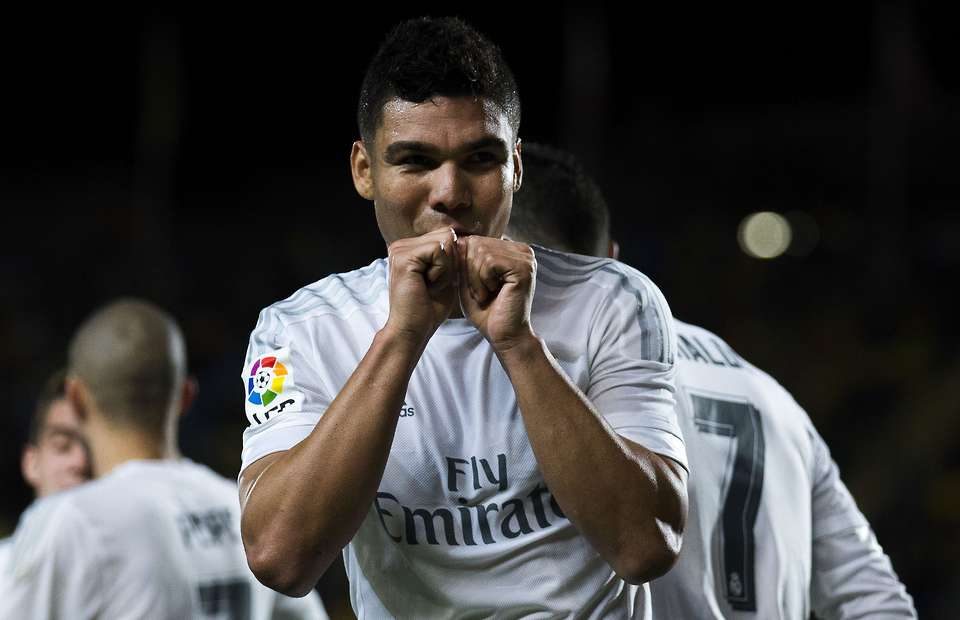
They are limited in their attacking influence and their presence in the centre of the park is primarily for ball-winning and more physical purposes.
Signature move
The destructive slide tackle to win the ball for the team.
Deep-lying playmaker – number 6 (DLP)
This is another position which in terms of location can be categorized as a ‘defensive midfielder’.
However, how the deep-lying play-maker role differentiates from the destroyer is that their influence is not solely defensive and in fact, demands an ability to want the ball in deeper areas to start the attacking moves for the team in the first phase.
The deep-lying play-maker will always be available, occasionally, as a lone pivot, to receive the ball from the centre-backs or other team mates, to recycle the possession.
Though not always playing with the aggression of the destroyer, the deep-lying play-maker needs to be capable of making tackles, but usually relies on their tactical intelligence, superior positioning and technical quality, to control the game from the deep location.
Player example
Xabi Alonso and Sergio Busquets are two players who have excelled at this role over the last decade with Toni Kroos now coming into his own in this position at Real Madrid.
At Bayern Munich, he previously featured in almost every midfield location and style.
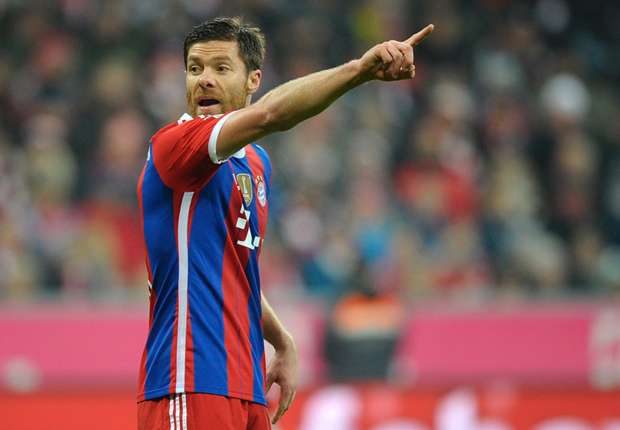
Julian Weigl, at 21 years-old is an upcoming superstar in this position with his comfortable style on the ball and quality of pass range, already standing out.
Signature move
The pass through the lines of the opposition midfield structure from the deep midfield into the heart of the attacking danger zone
The Regista
The regista is another deeper-lying role with less defensive duties and responsibilities.
Usually one of a double pivot or three man midfield who will dictate and control the game from deeper areas, like-wise to a DLP.
A regista will be one of the team’s most talented players in terms of press resistance, composure, vision and creativity, but his value is not always contributed in assists, but the pre-assist.
They are likely to be the most involved and active CM in terms of ball possession, with the greater license than the DM, and the more responsibility than a CAM.
Player example
Marco Verratti and Luka Modrić are excellent examples of world class registas currently, though they can certainly adapt to other roles.
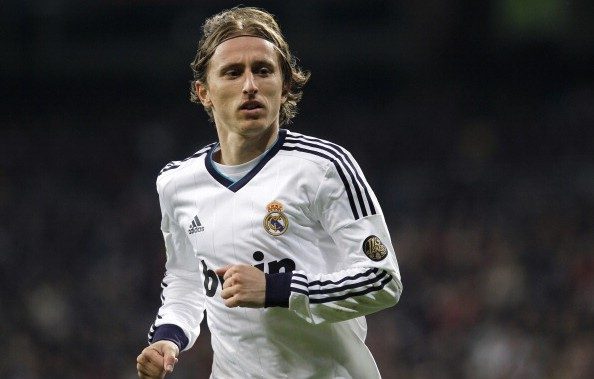
But their control of the tempo and lack of intention to run beyond suits the style of the regista.
Signature move
Effective passes through the lines, showing for the ball at all times, looking around before receiving the ball
Box-to-box midfielder
These are central midfielders which you might stereotype by.
Due to their energy, and both offensive and defensive capabilities, can contribute at both ends of the field in an all-round manner.
Huge work-rate, combative, capable of goal-scoring contribution and all-action with a big presence on the field.
Due to their work-rate and defensive contribution can play in a double pivot, differentiating from the number 8.
Poses the versatility to feature in all areas of the field, though may restrict themselves for game-management purposes.
Player example
Arturo Vidal, Aaron Ramsey, Idrissa Gueye, and Emre Can.
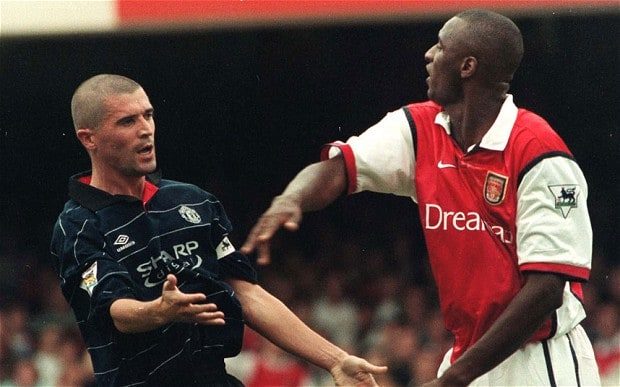
Roy Keane and Patrick Vieira will always stand-out as two fantastic box-to-box players with leadership qualities to drag their team forward.
Signature move
The driving run from one box to the other with or without the ball.
The Number 8
Technically-able midfielder with the presence to play as an interior in a midfield three, but not alone in a double pivot, as slightly exposed – or rather deserve the license not to be restricted in a two man midfield.
Will track back to an extent positionally but not necessarily natural tacklers/defenders.
They usually possess flair, can control, create and score goals but are not number tens. Almost a deep-lying CAM.
Number eights can come in different shapes and sizes, with some enjoying the more intricate and creative side of the game with others more direct and a larger goal-threat.
Many CAM’s may find they convert into an eight with maturity and age.
Some even then into registas later on. Almost with the path Santi Cazorla of Arsenal has taken in his career.
Player example
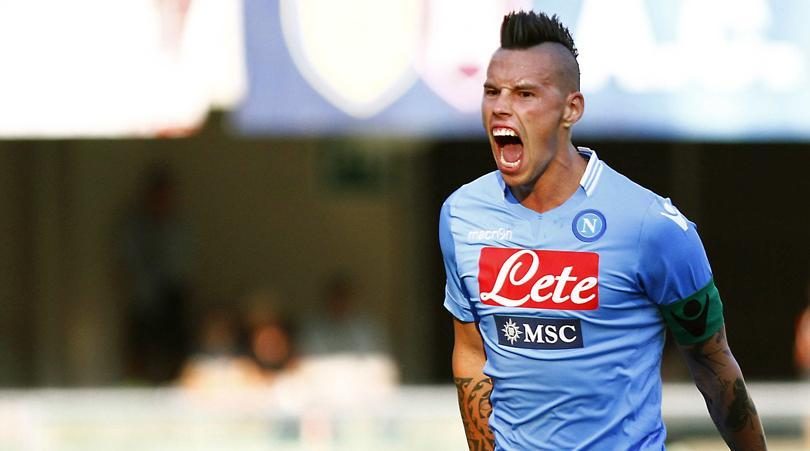
Andrés Iniesta, one of the most talented and successful midfielders of his generation, Marek Hamšík, Adam Lallana are also currently deployed in this role for Napoli and Liverpool, and often get branded as number 10’s, incorrectly (thought both HAVE and CAN play at CAM).
Signature move
Creative dribbling in the final third and or making late, ghosting runs into the box.
Attacking midfielders – the number 10
The number ten is one of the most aesthetically pleasing positions in football where some of the most technically gifted players operate.
These players are usually agile, with amazing vision, passing, crossing, dribbling and shooting quality.
In the hole, between the lines or off the striker, however you would like to put it.
These players are the creative source for the team in terms of end product and assists. They often receive with their back to goal and need the ability to receive and play on the turn.
Often with no, or very little defensive responsibility, though could be asked to press or track back, depending on managerial style, their main job is to control attacking plays in the final third, provide through balls and assist the attackers for the best opportunities to convert.
They are usually expected to add goals to the team due to their position so high up the field, almost as a second striker in many cases.
Though defined as a central attacking midfielder, many can be positioned in the wider areas to add better ball retention or craft to the wings.
Player example
Mesut Özil is often referred to as the best number ten in the world due to the sheer amount of high-level chance creation output he produces on a consistent basis for club and country.
Kevin De Bruyne, is a far more direct style of number ten, with a greater goal threat but similarly elite vision and passing range.
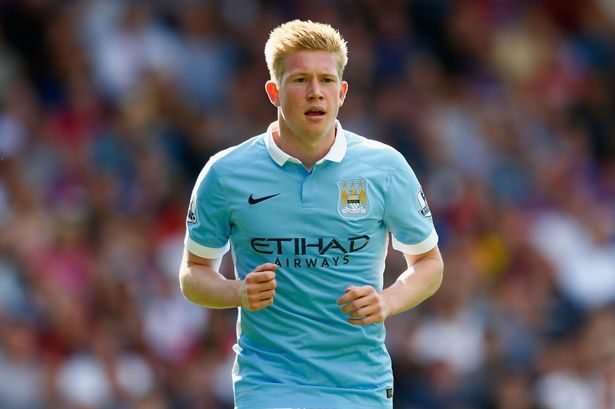
Dimitri Payet has burst on the scene after his deserved move to the Premier League, lighting up the European Championships in 2016 with insane dribbling qualities and shooting range along with the craft to churn out key passes.
Signature move
The reverse through ball, deceiving centre-backs to create a goal-scoring opportunity.
Remember
All player examples are there for reference only and to give an idea of the role. Overall, you will make the role your own with your unique style.
*This post was published with permission from Scout Afriq.
Written by Anthony Musker
To read more of his work, then please check out his fantastic website: Scout Afriq
Follow Scout Afriq on Twitter @ScoutAfriq
Like O-Posts on Facebook
You can also follow O-Posts on Twitter @OPosts

